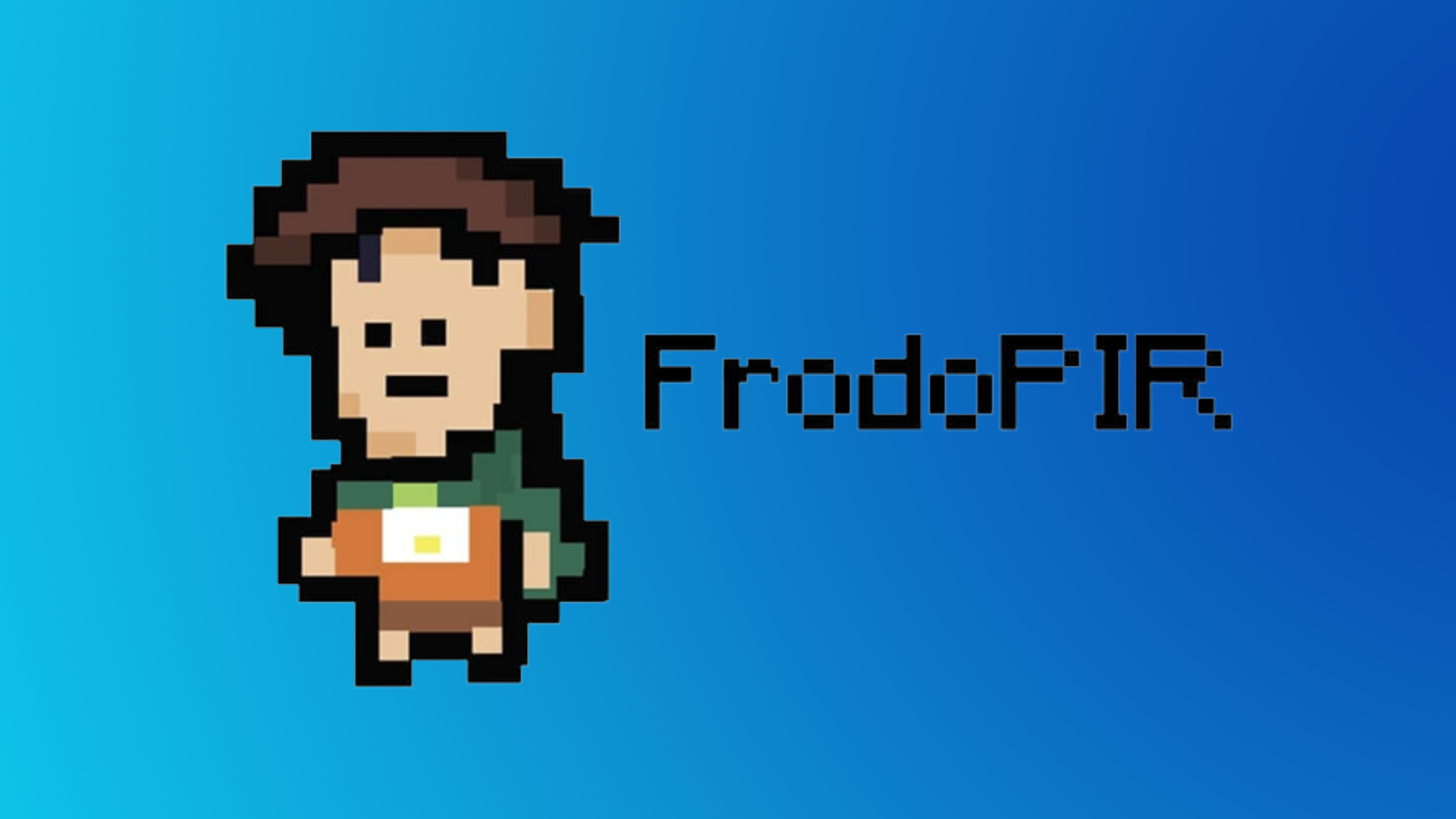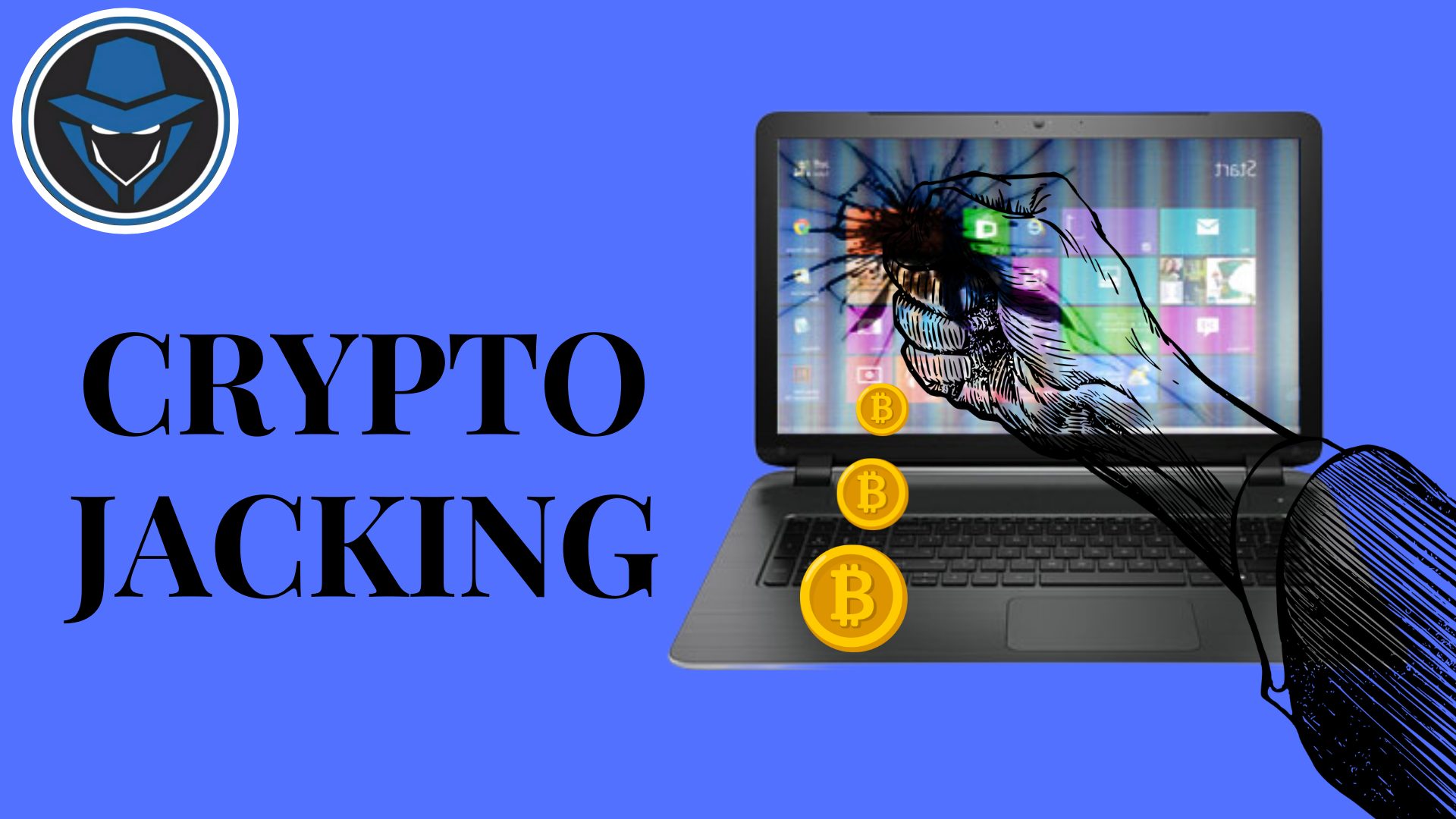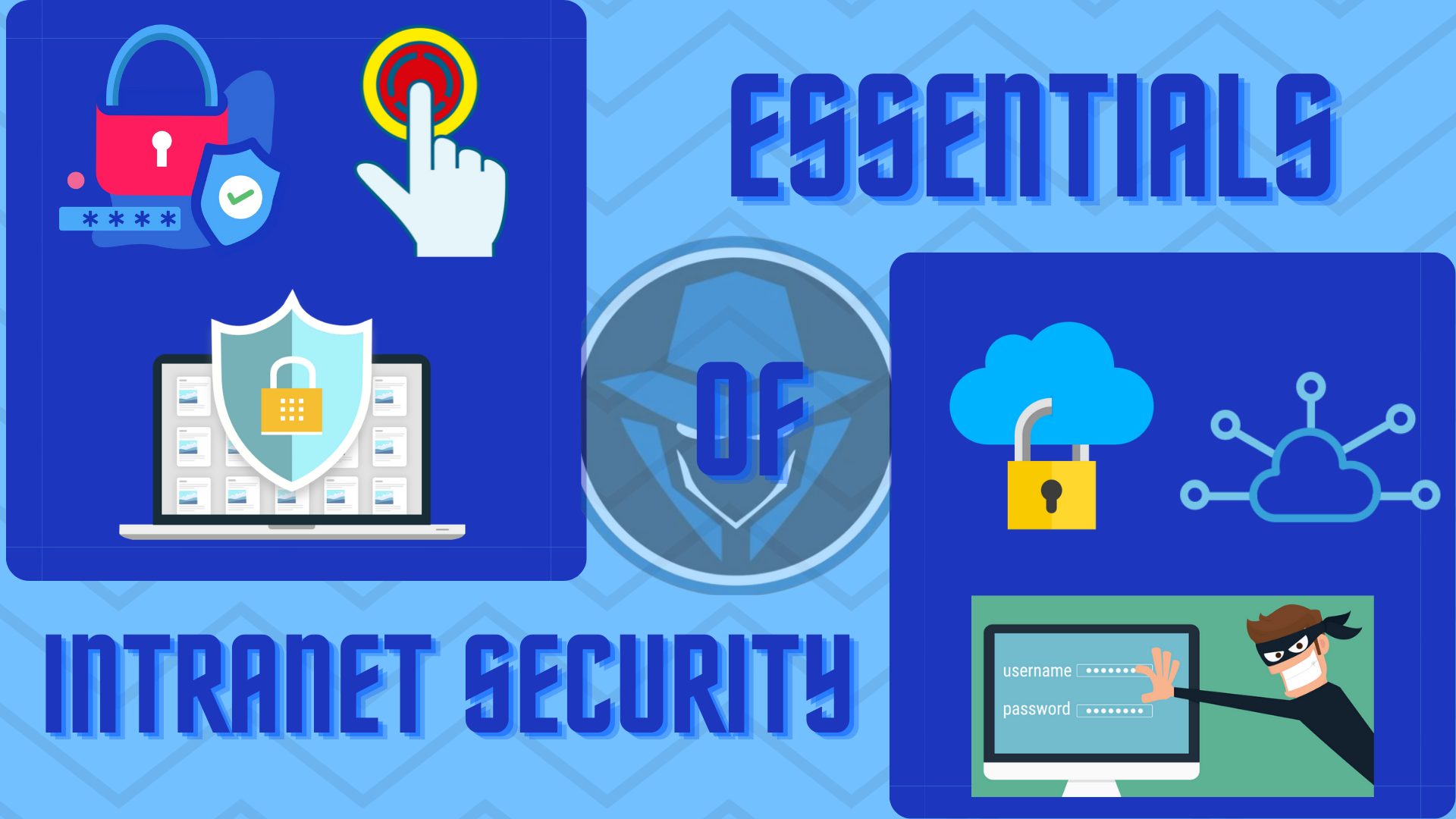” What the internet of things is really about is information technology that can gather its information ” – Kevin Ashton
The internet of things (IoT) describes the network of physical objects a.k.a “things” – that are embedded with sensors, software, and other technologies to connect and exchange data with other devices and systems over the internet.
Traditional fields of embedded systems, wireless sensor networks, control systems, automation, and others all contribute to enabling the internet of things.
The internet of things is making the fabric of the world around us smarter and more responsive, merging the digital and physical universe.
For example, A lightbulb that can be switched on using a smartphone app is an internet of things device, as is a motion sensor or a smart thermostat in your office or a connected street light.
On an even bigger scale, smart city projects are filling entire regions with sensors to help us understand and control the environment.
Generally, the internet of things is most abundant in manufacturing, transportation, and utility organizations, making use of sensors and other devices.
It has also found use cases for organizations within agriculture, infrastructure, leading some organizations towards digital transformation.
Examples of the internet of things and how it is been used in different companies-
- AIRBIQUITY: Airbiquity is a software engineering company that provides over-the-air updates and data management services for connected cars.
- DASH: Dash’s free app for iOS and Android receives data from a variety of sensors to keep you informed about your car’s current status and immediate or future maintenance needs.
- JOSH.AI: It provides voice-controlled home automation using a variety of devices.
- WINK: Using a single app, wink users can monitor and control nearly everything in their homes.
- PROPELLER: By attacking the propeller’s sensor to an inhaler, users can learn more about what triggers asthma attacks while staying connected to friends, family, and health care providers.
Characteristics of IoT :
- Data: Data is the glue of the internet of things, the first step towards action and intelligence.
- Connectivity: With Everything going on in IoT devices and hardware, with sensors and other electronic devices and control systems there needs to be a connection between different levels.
- Communication: Devices get connected so they can communicate data and this data can be analyzed.
- Intelligence: The aspect of intelligence as in the sensing capabilities in IoT devices and the intelligence gathered from big data analytics.
- Action: The consequence of intelligence. This can be manual action, action based upon debates regarding phenomenon and automation often the most important piece.
- Things: Anything that can be tagged or connected as such as it’s designed to be connected. The Devices can contain sensors or sensing materials that can be attached to devices and items.
Now, there are some criticisms against the internet of things.
What are they?
A different criticism is that the internet of things is being developed rapidly without appropriate consideration of the profound security challenges involved and the regulatory changes that might be necessary.
The IoT suffers from platform fragmentation, lack of interoperability, and common technical standards, a situation where the variety of IoT devices, in terms of both hardware variations and differences in the software running on them, make the task of developing applications that work consistently between different inconsistent technology ecosystems hard.
Data storage is another problem for producers of IoT applications is to clean, process, and interpret the vast amount of data that is gathered by the sensors.
Security is one more concern in adopting internet of things technology with concerns that rapid development is happening without appropriate consideration of the profound security challenges involved and the regulatory changes that might be necessary.
Environmental and sustainability impact is also one of the problems or criticisms faced by IoT technology.
Modern electronics are replete with a variety of heavy metals and rare earth metals as well as highly toxic synthetic chemicals.
Privacy concerns have led many to consider the possibility that big data infrastructures such as the internet of things and data mining are inherently incompatible with privacy.
How government regulates the internet of things :
A resolution passed by the Senate in March 2015, is already being considered by Congress.
This resolution recognized the need for formulating a National policy on the internet of things and the matter of privacy, security, and spectrum.
Furthermore, to provide an impetus to the IoT ecosystem in March 2016, a bipartisan group of four senators proposed a bill the developing innovation and growing internet of things (DIGIT) Act, to direct the federal communications commission to assess the need for more spectrum to connect IoT devices.
Many standards for the IoT industry are being established relating to automobiles because many concerns arising from the use of cars apply to healthcare devices as well.




